|
Guest written by Robin McGahey, an Ocean Conservationist and enthusiastic volunteer at this year's Jackson Wild Summit. Currently residing in her native San Francisco, she is the Fall Benefit Coordinator for the International Ocean Film Festival, as well as an active member in Surfrider's Rise Above Plastics Campaign. This year, the Conservation Focus at Jackson Wild is Living Oceans. Wow, that immediately makes me feel warm on the inside. Crashing waves, breaching whales, little baby turtles making their way to the water, and flourishing coral reefs are all springing to mind. What a truly beautiful idea to have been raised on. Unfortunately, today the image has changed. Whenever I hear “ocean”, more often than not my brain goes to floating plastic debris, washed up whales, bleached coral, and shark fin soup - just to name a few. Photos: Adobe Stock Photo It’s important to remember though, that this is the LIVING Oceans Summit we are going to, so although the basis is about what we have lost, the conversations are about what we still have to fight for. Like my hero, Dr. Sylvia Earle, said in her 2009 Ted Talk, “50% of the corals are gone, but 50% still remain.” The questions now are: Where do we stand? What needs to be done? What can we do? and most importantly, What is standing in our way? A few weeks ago, Australia came out with their 2019 Outlook Report on the status of the Great Barrier Reef. They officially downgraded it from “poor” to “very poor”, and unsurprisingly named climate change as the biggest threat to this natural wonder. They also said though, that the protective and management services that they have been implementing as a result of the 2050 Reef Plan and Blueprint for Resilience have been yielding positive results. Humpback Whales are coming back in larger pods, Southern Green Sea Turtles are swimming better, and some species of coral have shown signs of healing. Like this study, the conditions of the oceans across the board are very poor. Global fish stocks have been depleted by 90%, plastic is now part of the chemical composition of seawater, 880k lbs of oil is released into the ocean every year, and MPAs only consist of 4.8% of the 70% of the globe that is ocean. Our oceans, and all of the wondrous life that lives within them, have been hit worse than we could have ever imagined, all due to a lack of knowledge and care on our part. However, as there is still life, there is still hope, and most importantly, work to be done.
All in all, the Ocean, that is the reusable glass made out of recycled water bottles, was half emptied by overfishing, poaching, pollution, and discarded plastic, to name a few. In fact, it was probably more emptied by more than that. But, the glass is still half (well, a little less than) full of life, wonder, mystery, and teeming with possibility, just as we remember it from when we were little. The people and organizations that I just mentioned are just a few dedicating their lives to filling that glass back up. Many of whom, along with so many others, will be in attendance at Jackson Wild’s Living Oceans Summit, representing the outstanding work that they have done, and discussing what there is still left to do. I can’t wait to hear what they have to say.
1 Comment
1/17/2022 02:06:19 am
This is a very informative—edifying article to all. Thanks a lot! Continue to post!
Reply
Leave a Reply. |
Archives
March 2024
Categories
All
|
Contact UsJackson Wild
240 S. Glenwood, Suite 102 PO Box 3940 Jackson, WY 83001 307-200-3286 info@jacksonwild.org |

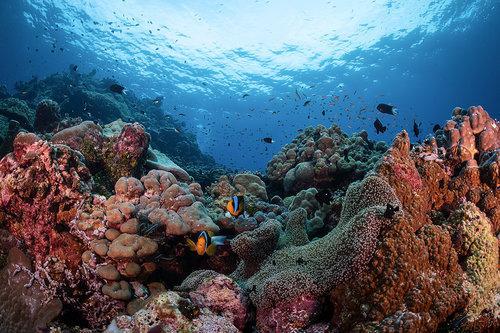
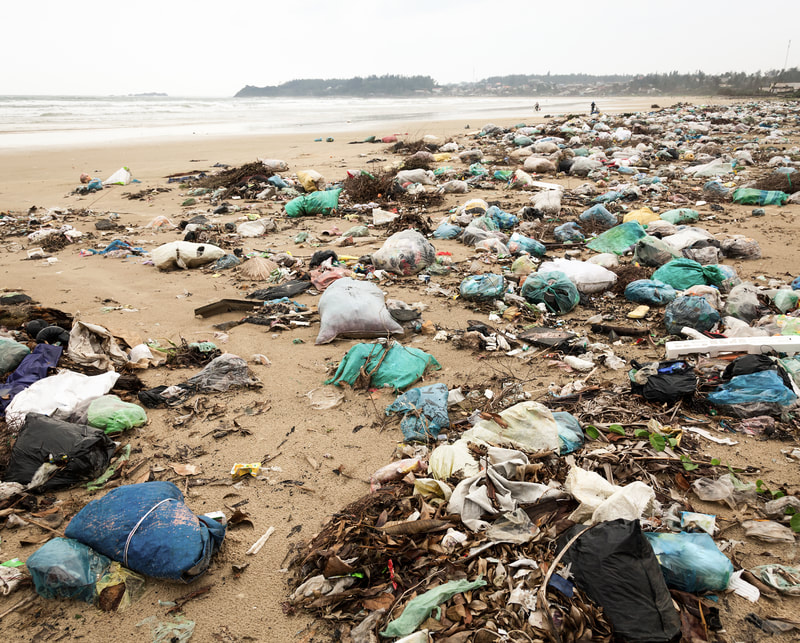
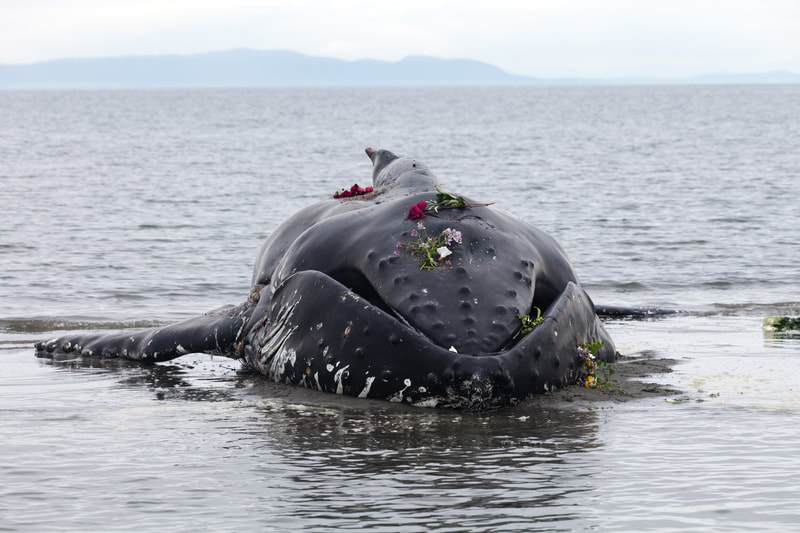
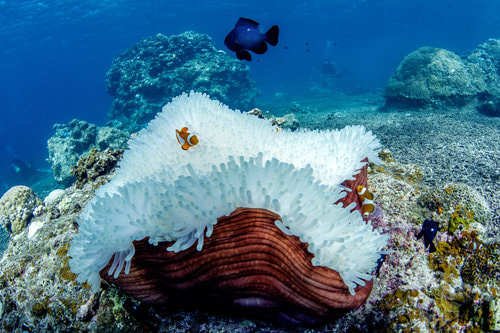
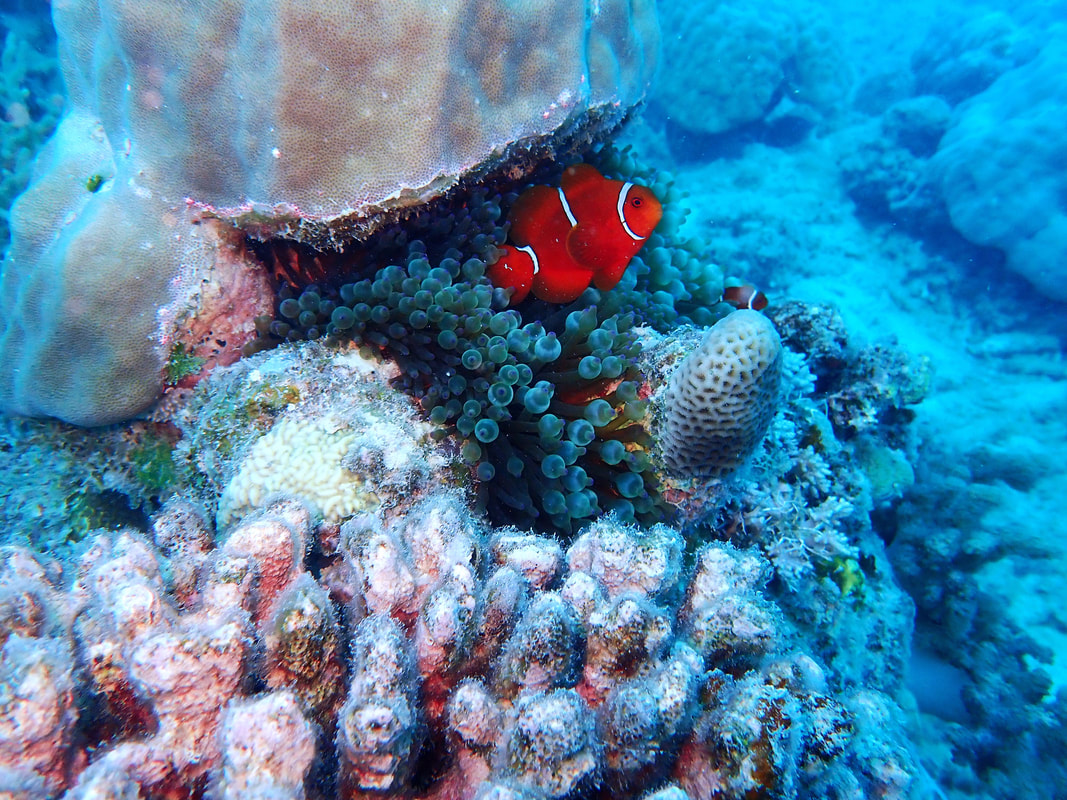
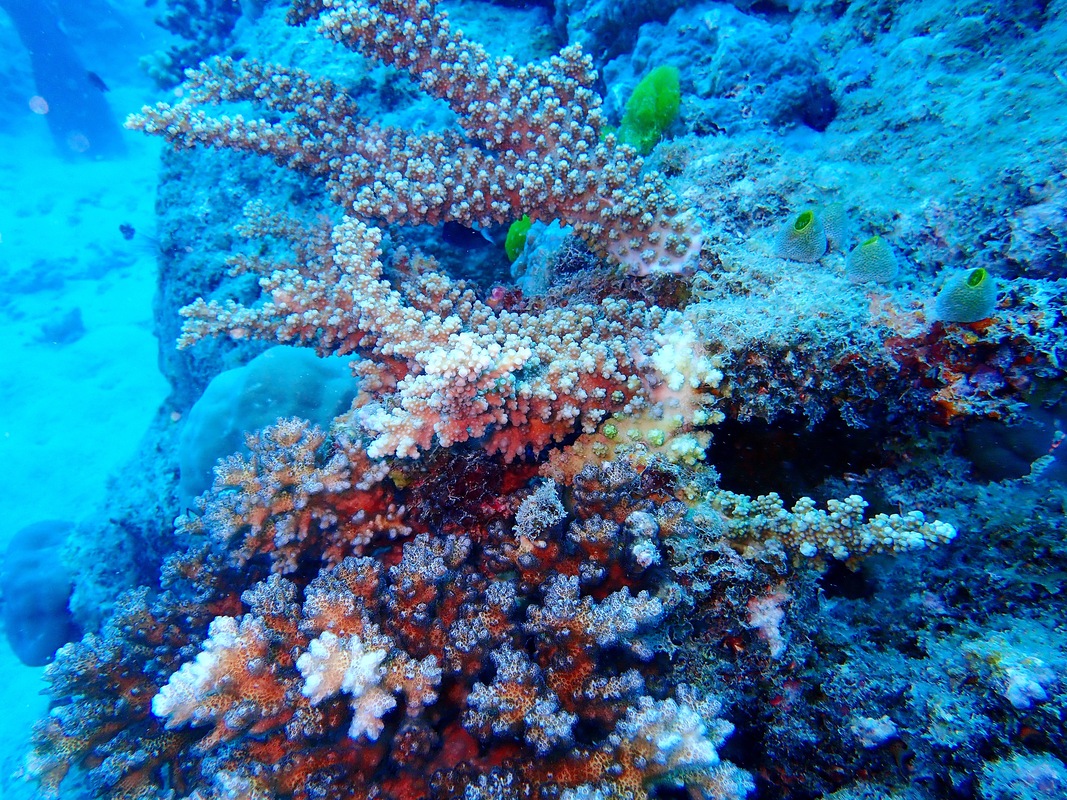
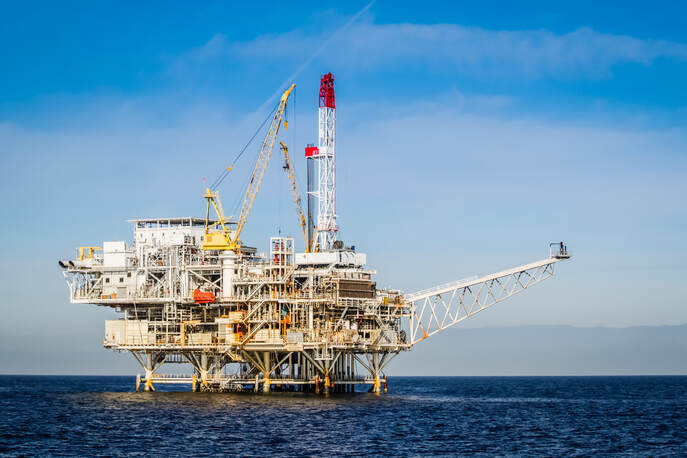

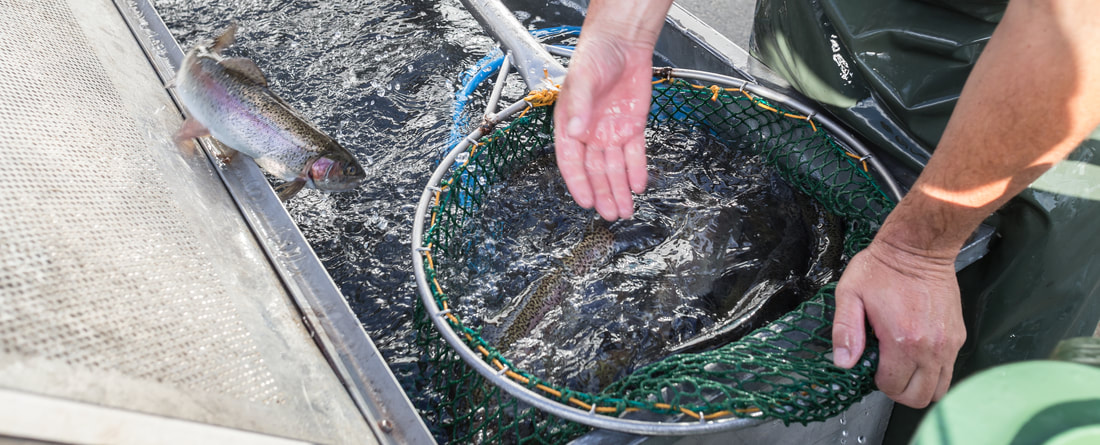
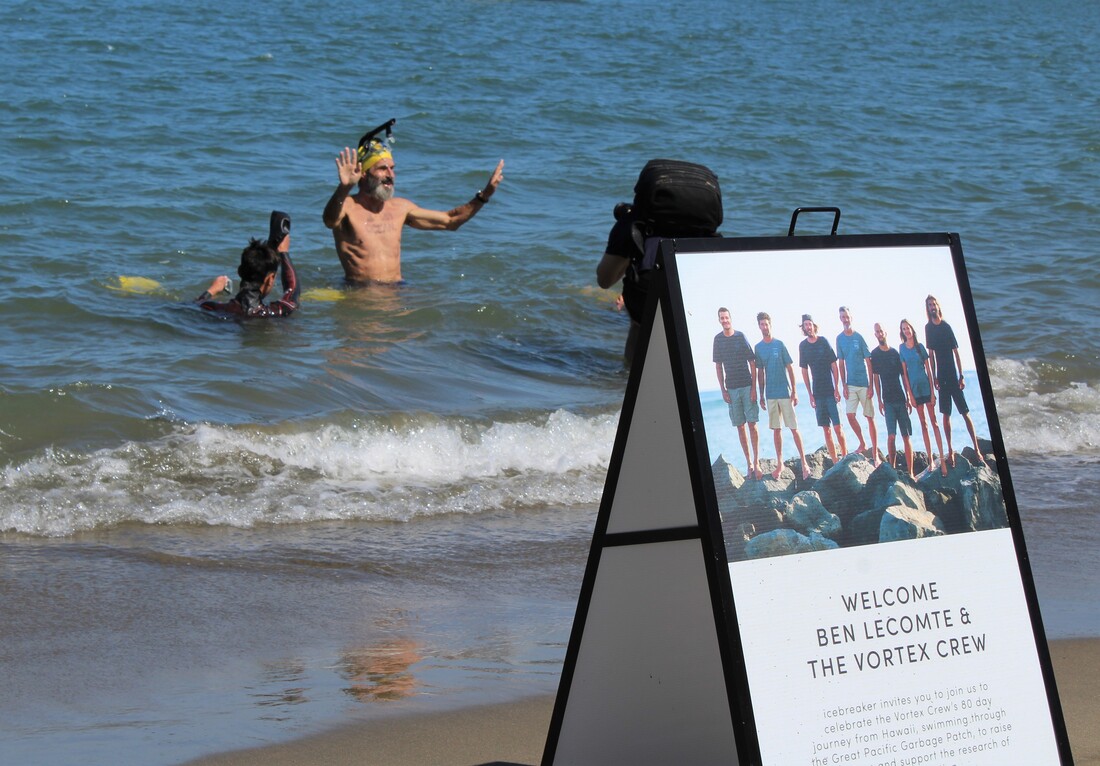
 RSS Feed
RSS Feed